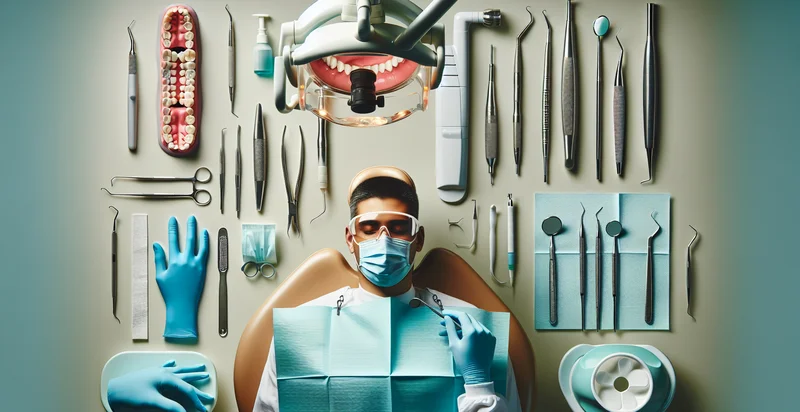Identify tooth pulp health
using AI
Below is a free classifier to identify tooth pulp health. Just upload your image, and our AI will predict the health status of tooth pulp tissue. - in just seconds.

Contact us for API access
Or, use Nyckel to build highly-accurate custom classifiers in just minutes. No PhD required.
Get started
import nyckel
credentials = nyckel.Credentials("YOUR_CLIENT_ID", "YOUR_CLIENT_SECRET")
nyckel.invoke("tooth-pulp-health", "your_image_url", credentials)
fetch('https://www.nyckel.com/v1/functions/tooth-pulp-health/invoke', {
method: 'POST',
headers: {
'Authorization': 'Bearer ' + 'YOUR_BEARER_TOKEN',
'Content-Type': 'application/json',
},
body: JSON.stringify(
{"data": "your_image_url"}
)
})
.then(response => response.json())
.then(data => console.log(data));
curl -X POST \
-H "Content-Type: application/json" \
-H "Authorization: Bearer YOUR_BEARER_TOKEN" \
-d '{"data": "your_image_url"}' \
https://www.nyckel.com/v1/functions/tooth-pulp-health/invoke
How this classifier works
To start, upload your image. Our AI tool will then predict the health status of tooth pulp tissue..
This pretrained image model uses a Nyckel-created dataset and has 20 labels, including Acute Pulpitis, Cavitated Pulp, Chronic Pulpitis, Healthy Pulp, Hyperplastic Pulp, Inflamed Pulp, Irreversible Pulpitis, Necrotic Pulp, Normal Pulp and Pulp Calcification.
We'll also show a confidence score (the higher the number, the more confident the AI model is around the health status of tooth pulp tissue.).
Whether you're just curious or building tooth pulp health detection into your application, we hope our classifier proves helpful.
Related Classifiers
Need to identify tooth pulp health at scale?
Get API or Zapier access to this classifier for free. It's perfect for:
- Dental Diagnostic Tools: This function can be integrated into dental diagnostic tools to assess tooth pulp health from radiographic images. By accurately classifying healthy and unhealthy pulp, dentists can make informed decisions about treatment plans, potentially reducing the need for unnecessary procedures.
- Tele-dentistry Platforms: Tele-dentistry services can utilize this classification function to remotely evaluate a patient's tooth pulp health based on images submitted. This allows for quicker consultations and timely recommendations for in-person visits if serious issues are detected.
- Dental Record Management: Dental practices can employ this function to automatically analyze and categorize past patient images for better record management. By identifying pulp health issues early, practitioners can track changes over time and improve patient care.
- Training and Education: Dental schools can use the classification function as a training tool for students learning to identify pulp health conditions. By providing instant feedback based on actual patient images, students can enhance their diagnostic skills in a simulated environment.
- Insurance Claim Processing: Insurance companies can integrate this false image classification to streamline claims related to dental procedures. By objectively assessing the necessity of treatments based on pulp health classification, insurers can reduce fraudulent claims and optimize coverage decisions.
- Predictive Maintenance for Dental Equipment: Dental clinics can leverage insights from pulp health classifications to predict the maintenance needs of dental imaging equipment. Understanding the types of images that yield higher misclassifications can help in preparing necessary calibrations and adjustments.
- Research and Development: Dental researchers can use this classification function to analyze trends in tooth pulp health across different demographics or practices. By collecting and studying large datasets, they can identify risk factors and develop new treatment protocols or preventive measures.


